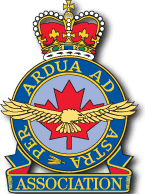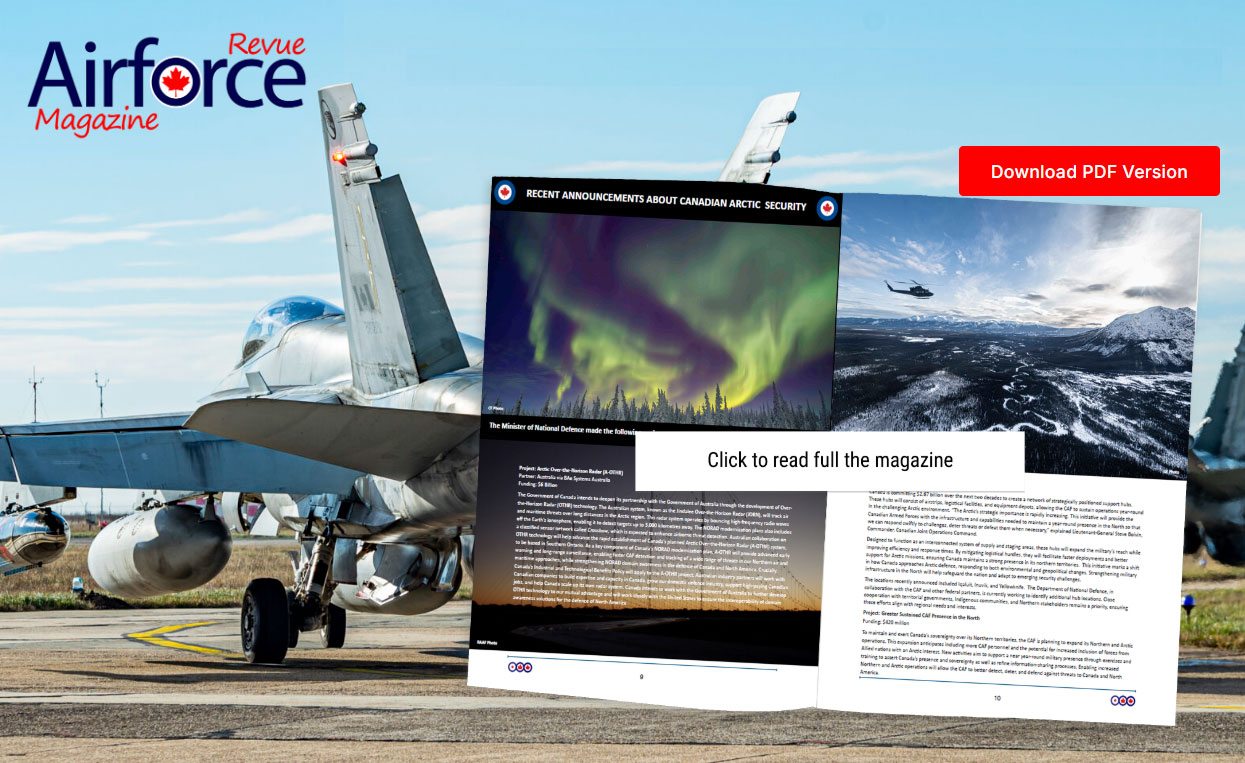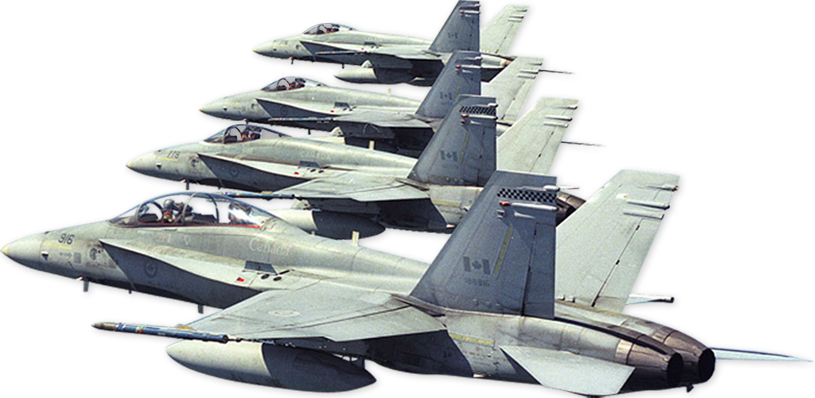AFAC POSITION PAPER 01/2011
Issue: Use and Development of Unmanned Aerial Vehicles (UAVs)
Background
- In the two decades since the end of the Cold War, global armed conflicts have seen a significant increase in the use of Unmanned (or Uninhabited) Aerial Vehicles (UAVs). ?The proliferation and well-documented successes of UAVs have, in turn, caused some to question the future relevance of manned aircraft systems of the type envisioned in the Canada First Defence Strategy. This paper seeks to outline the benefits and limitations associated with UAVs, so Canadians can put the current debate in perspective.
- Unlike drones, which are autonomous vehicles not requiring human intervention, UAVs are aircraft that do not carry human operators but still rely on humans to operate. They include fixed and rotary wing configurations and can be remotely operated or flown with varying degrees of autonomy. UAVs carry a wide variety of sensor payloads: Electro-Optics (EO); Infra-Red (IR); Synthetic Aperture Radar (SAR); Signal and Communications Intelligence (SIGINT and COMINT); Chemical, Biological and Radiation (CBR) detection systems; and radio relay equipment. ?Some UAVs, notably Uninhabited Combat Aerial Vehicles (UCAVs), are specifically designed for combat operations and are capable of delivering offensive weapons.
- In the beginning, UAVs were introduced primarily to conduct surveillance and reconnaissance missions, taking advantage of their ability to loiter for long periods. Subsequently, it was also recognized that UAVs could benefit military forces and national governments by avoiding the unnecessary exposure of pilots and other aircrew to the risks of being shot-down, captured and then exploited for political reasons.
- UAV missions have generally focused on the ?three Ds?: dull missions (those of a repetitive nature and/or long duration); dirty missions (those where the environment is or may be contaminated); and dangerous missions (those where the threat is deemed ?excessive?). In addition, considerable research in the US and elsewhere has recently gone into examining whether UCAV-type platforms might eventually take on at least some of the functions historically performed by manned fighter aircraft.
Canadian Experience
- Canada has adopted the NATO classification guide for UAVs: Class I ? Less than 150 kg; Class II ? 150 to 600 kg; and Class III ? more than 600 kg. Class III UAVs are further sub-divided into three categories based on increasing degrees of capability and complexity: Medium Altitude Long Endurance (MALE); High Altitude Long Endurance (HALE); and Strike/Combat.
- The Canadian Forces have gained considerable experience operating UAVs in Afghanistan, with the Air Force operating the Class II SPERWER and more recently the Class III Heron and the Army operating the Class I Scan Eagle. The Navy is also currently assessing Scan Eagle for maritime and Arctic operations.
- The Canadian Forces have a major project underway to acquire a fleet of Class III MALE UAVs as part of the Joint Unmanned Surveillance and Target Acquisition System (JUSTAS) project. The aim is to acquire a platform capable of achieving ranges in excess of 1000nm; having more than 18 hours endurance; able to carry multiple payloads (EO/IR, SAR, Laser Targeting and SIGINT); having the ability to deliver precision guided missiles (PGMs); and usable over land, sea and in the Arctic.
Issues
- While UAVs have proven highly successful in operations in Iraq, Afghanistan and elsewhere, like other weapon systems, they also have limitations ? some inherent, others which will likely be rectified over time with the introduction of new technologies. From an operational perspective, these are the major issues:
-
- Survivability. To date, UAVs have been employed within relatively benign threat environments against enemies lacking sophisticated air defences or effective electronic counter measures (jammers). Even so, losses ? most through accidents but some as the result of enemy action ? have been significant[1] <#_ftn1> .
-
- Employability. From a Canadian perspective, UAVs have not yet been extensively exposed to challenges associated with flight in Canada?s high Arctic regions or over our maritime approaches during inclement weather conditions. That said, UAV manufacturers are currently working hard to develop platforms capable of operating in a much wider variety of climates and conditions than has hitherto been the case.
-
- Data Transfer. UAVs require very high bandwidth to transmit the data needed to monitor and control the aircraft and to relay intelligence and other information gathered back to a ground control station. In the case of UCAVs, bandwidth limitations may well preclude the deployment of decisive numbers of such vehicles for complex combat/strike missions, at least until much more advanced artificial intelligence and autonomous systems become available[2] <#_ftn2> . In northern Canada, operations of UAVs are currently limited to line of sight operations due to the lack of satellite communications above 70N.
-
- Personnel Requirements. While UAVs are often touted as ?manpower savers?, in reality they too, require significant numbers of personnel for operations, maintenance and data exploitation. Long loiter times, while operationally beneficial, also mean that UAV units must be well-manned to take full advantage of the increased ?on-station? time available. Since it is expected that UAV operations in the CF will be carried out in addition to current air operations (fighter, transport, tactical helicopter, long range patrol etc) additional resources will almost certainly be needed.
-
- UCAV Development. In the particular case of replacing Canada?s CF-18s, some journalists have suggested this be done using UCAVs rather than Canada acquiring another manned fighter. Given the state of UCAV development (particularly the lack of any realistic air-to-air combat capability) it is inconceivable that an operationally viable platform will be available before the CF-18?s scheduled retirement starting in 2017.
-
- Airspace Management. For operations within controlled airspace ? indeed any place in which UAVs have to interact with commercial and private air traffic ? they will need to be equipped with onboard equipment and capabilities that allow them to avoid collisions with other airspace users. While separating traffic that is operating in accordance with Instrument Flight Regulations will be possible in the near term, operations under more dynamic conditions or where Visual Flight Regulations are being followed will continue to be challenging.
-
- Cost. UAV proponents often cite lower costs as a significant benefit of these systems over manned aircraft. While this situation is certainly true in the case of smaller vehicles, the increasing complexity of UAVs is such that, for higher-end, platforms, the costs involved are similar to those associated with manned aircraft (the Global Hawk, a Class III HALE UAV, costs approximately $75M).
AFAC Position
- UAVs have had a dramatic impact on the nature of warfare and the Canadian Forces have already built up a considerable repository of operational and technical expertise in their operation. The current CF focus on the JUSTAS program is expected to move the yardsticks considerably and, assuming the system can be deployed as planned, the CF will acquire a formidable ISR platform (one potentially with an air-to-surface offensive capability as well).
- Notwithstanding, there are still many technological and other issues to be resolved. ?It will be essential that DND/CF planners have a sound ?capabilities roadmap? available as well as a clear understanding of ?cost tradeoffs? to ensure the acquisition of UAV capabilities is carried out in an efficient and effective manner.
Messages
- UAVs have provided significant operational benefits to Canadian and Allied forces operating in Afghanistan and have allowed Canadian Forces members to become much more knowledgeable about their operational employment. They are a ?force multiplier? asset, one that provides much needed data to decision makers on the ground.
- The Canadian Forces and the Air Force should be encouraged and supported by government in respect to the JUSTAS program so that the Canadian Forces can continue to develop experience and knowledge and, ultimately, field a robust UAV capability that meets Canada?s Intelligence, Surveillance and Reconnaissance (ISR) requirements.
- Given the lack of an available multi-role UCAV option, government should continue efforts to replace the CF18 with a suitable manned replacement fighter aircraft beginning in 2017.








